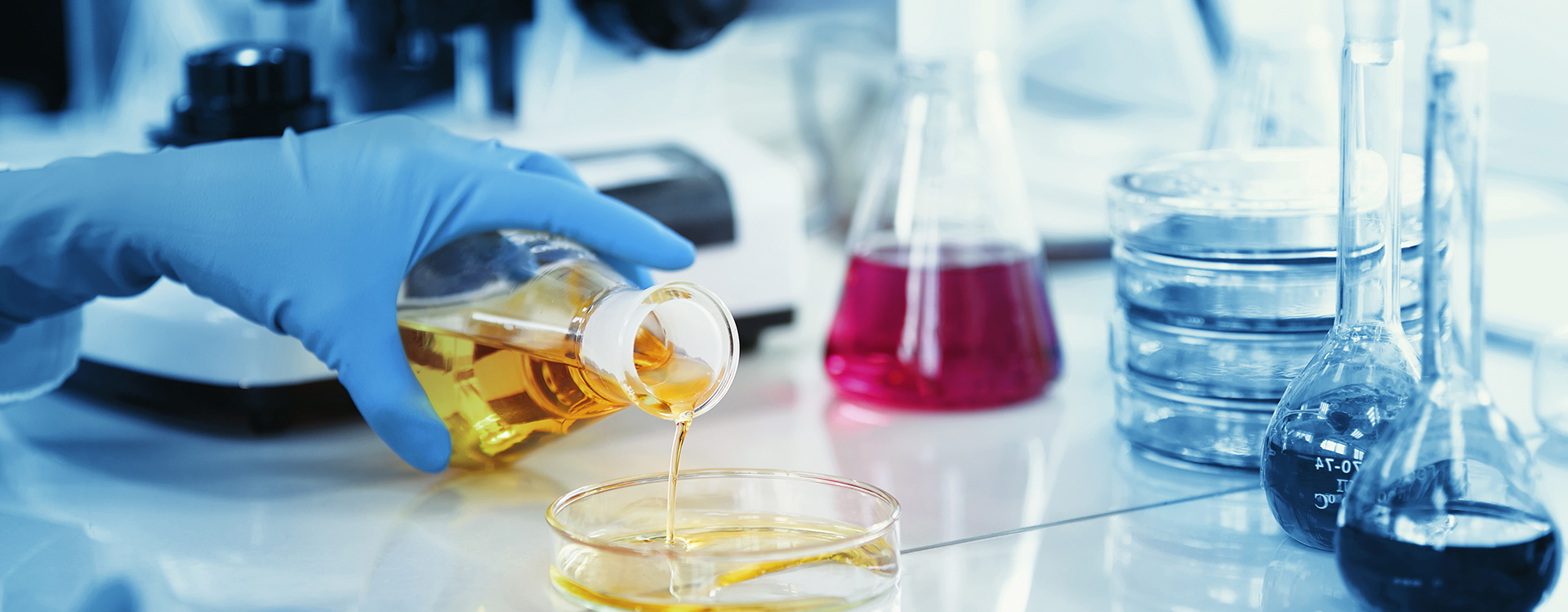
Catecholamines
Pheochromocytoma can increase blood pressure, and its clinical manifestations can cause persistent hypertension (50%), paroxysmal hypertension (30%), normal blood pressure (10%), etc; accompanied by headache, palpitation and hyperhidrosis, accompanied by abnormal glucose and lipid metabolism, patients can cause serious heart, brain and kidney damage due to long-term hypertension or crisis due to sudden severe hypertension, which is life-threatening; Pheochromocytoma is in a dangerous condition and changes violently. If it is not treated in time, it is easy to cause cardiovascular and cerebrovascular complications and death, and the clinical misdiagnosis rate of pheochromocytoma and paraganglioma is high. Therefore, monitoring catecholamine is of great clinical significance for the early diagnosis of pheochromocytoma and the early screening of secondary hypertension.
Dopamine, Homovanillin, Norepinephrine, 3-Methoxynorepinephrine, Epinephrine, 3-Methoxynephrine, Vanillylmandelic Acid

Plasma
Fasting, whole blood 3mL
 © Copyright 2015-2022 Suzhou PANOMIX Biomedical Tech Co.,Ltd
© Copyright 2015-2022 Suzhou PANOMIX Biomedical Tech Co.,Ltd